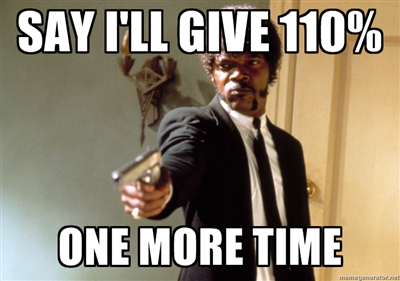@PJYelton Hopefully you can get a coach next year. Meanwhile, I thought I would post some of the most common issues that beginners have when hitting forehands and ground strokes in general.
- Don’t have extreme grips like Continental or Western for your FH - a strong Eastern or preferably Semiwestern is better to learn with.
- Learn what the Ideal Recovery Position (IRP) is after hitting crosscourt and DTL shots. IRP is two steps from the middle line towards your side of the court for CC shots and two steps to the other side of the middle line for DTL shots due to the court geometry. So, you have to run more to recover if you hit DTL.
- Try to reach the IRP before the opponent hits the ball and split-step just when they hit the ball while watching their swing carefully to gauge what kind of shot they are hitting.
- Google and learn ‘Wardlaw directionals’ to learn the risks of hitting different shots based on court geometry and the difficulty of changing the direction of the ball.
- Try to have an early unit turn and racquet take back as early as possible - you will find that if you take back early, you will feel like you have a lot more time to hit good shots. You should try to take back when the opponent’s shot is crossing the net and definitely by the time the ball bounces - anything after that is too late. Most beginners take back too late and don’t do an unit turn with off-hand coiled in front.
- When you run and get to the ball, make sure you stop far from the ball so that you have space to swing out freely with as extended an arm as possible - you don’t want to have alligator arms where you hit the ball close to your body. Most beginners stop too close to the ball and have space only to bunt the ball with cramped arms - more spacing will be a big improvement to get pace.
- You need to run to a depth where you can hit the ball at an optimal hitting height - above your knee and below your upper chest. If you contact the ball when it is too high or too low, you won’t be able to take full swings at the ball. So, your footwork has to be good to go forward and back quickly so that you always contact the ball at an optimal height. Many beginners hit the ball when it is too high and bunt it over - if you wait for the ball to drop a bit more, you can take a full swing at it and hit harder.
- Hit the ball as early as possible in front of you so that it doesn’t jam you. The earlier you hit the ball, the easier it is to again swing out freely and generate topspin. Most people who hit too slow wait for the ball too long before hitting it and can’t take a full swing.
- Watch some online coaching videos to learn a proper FH swing. If you can learn to lag your wrist fully, start your swing from much lower than the ball contact point and hit the ball with full extension in front of you, you will develop a good FH. I like the ATP-style swing, but a more traditional swing is fine too.
- If you bend your knee and transfer your weight forward, you can get more power and it will be easier to start your swing from below the ball to generate topspin even on low and slow balls. A common error that beginners make is to over-hit slow, low balls and not hit with enough spin to keep the ball in the court - bending your knee and transferring your weight forward before contact will help to correct this.
- Try to hit the ball deep and crosscourt as much as possible by taking full swings - if the balls keeps going out, check if you are starting your swing from lower, if you are bending your knee and transferring weight, if you have enough spacing from the ball and if you are hitting it well in front of you. If you are doing all those things well, you will start generating enough spin to keep the ball in.
- Try to keep your head/body down and don’t raise your body up too soon while you follow-through naturally as this can cause you to hit balls too long. Watch the ball while keeping your head still for as long as possible as you are hitting the ball.
If you can learn to do these things properly with ball machine drills or while drilling with friends, you will slowly start developing a good FH. Most of these concepts apply to hitting BHs properly also except for the grip and swing type. Enjoy your learning experience and don’t get frustrated if the improvement progresses slowly.

